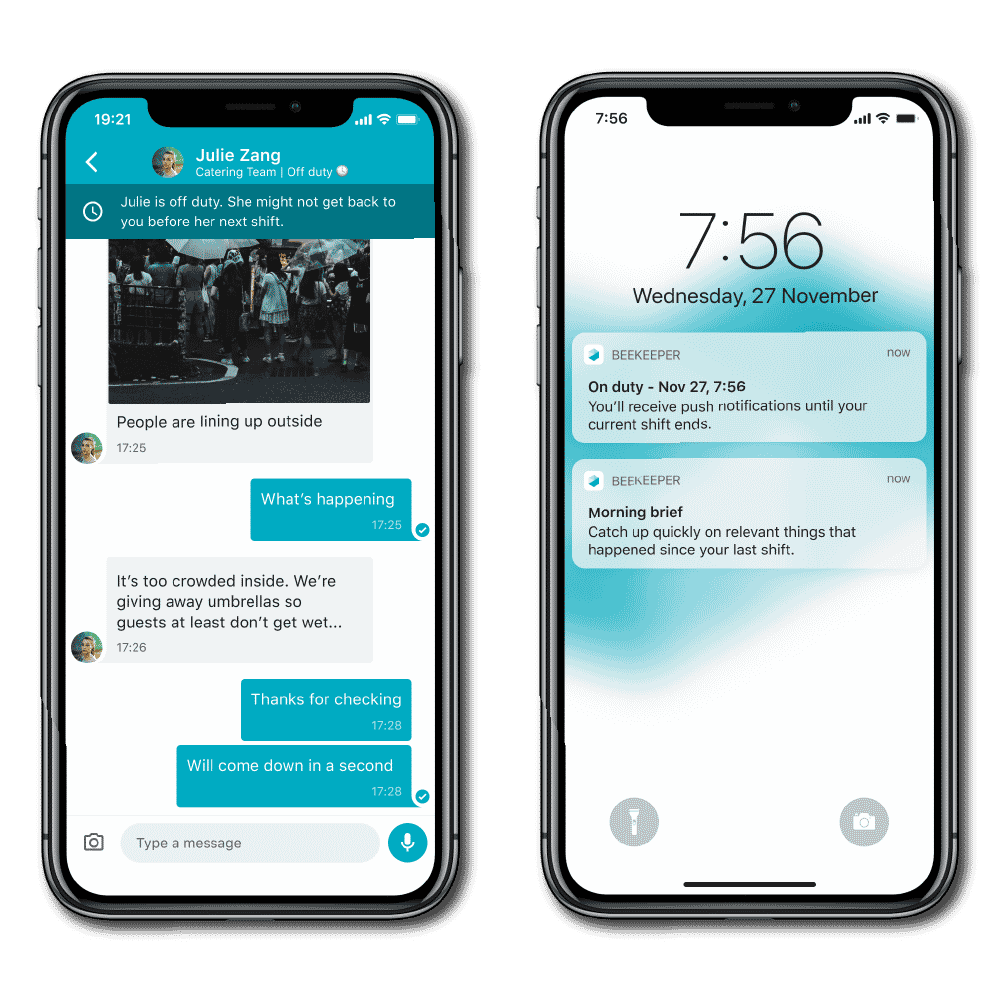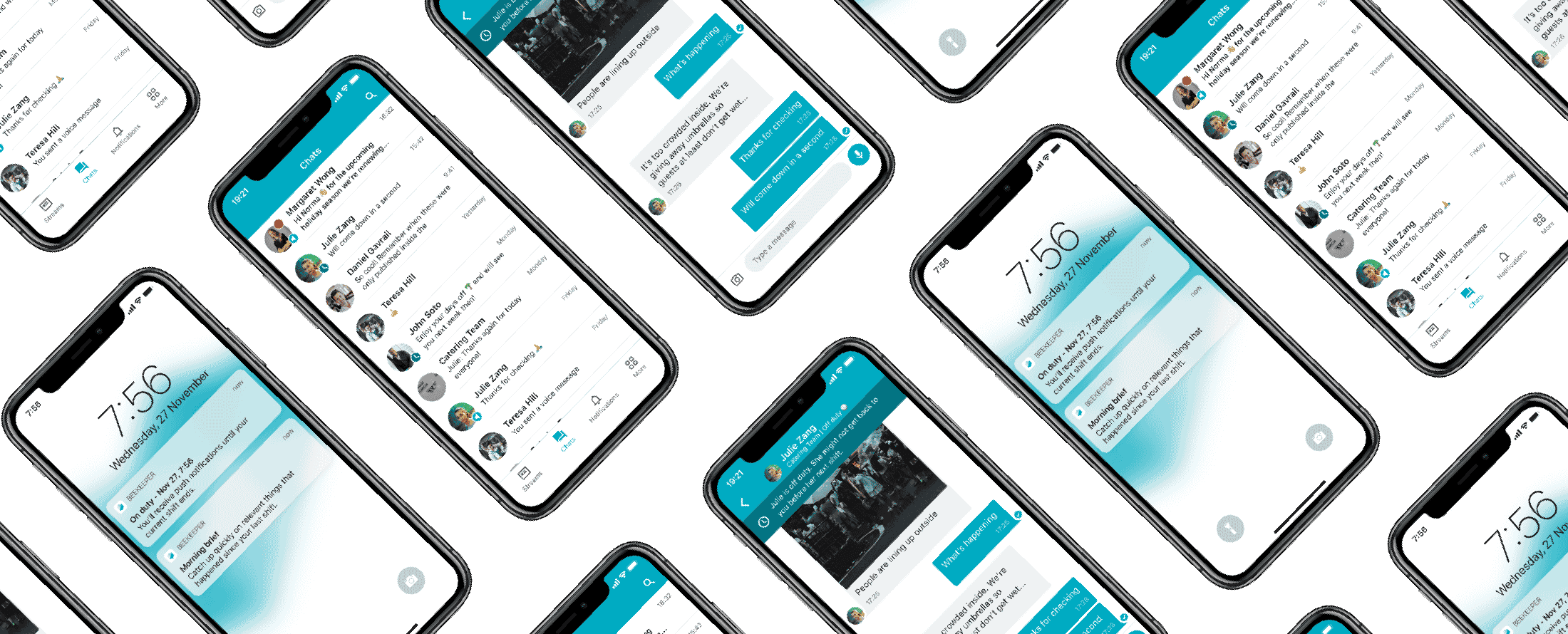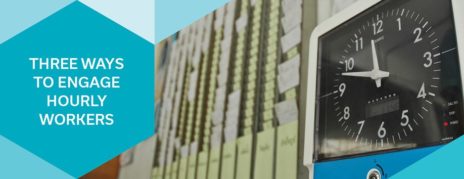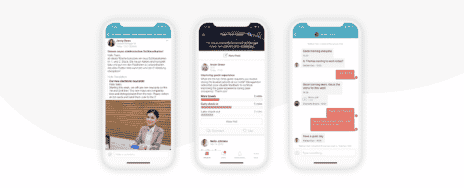Most organizations—particularly organizations with a large number of frontline employees— understand the value of a mobile-first digital workplace. During times of intense uncertainty and crisis, when policies, schedules, and health and safety procedures are changing daily, being able to reach every employee on their personal device to keep them updated is incredibly valuable.

Under normal circumstances, a digital workplace helps organizations give employees a voice, a way to engage with leadership and collaborate with peers. With a digital workplace you can build culture across locations and shifts and give your organization a true sense of community. You can even improve your operational efficiency and help employees learn, grow and perform at work.
Despite the benefits of accessing work-related information from home, when notifications pop up at times when you’d rather not think about work, it can feel invasive. That’s why we’re releasing a brand new, extremely flexible Automatic Do Not Disturb Mode feature. With Automatic Do Not Disturb Mode, companies can help employees maintain a boundary between work and free time by automatically muting notifications as soon as they clock out.
Organizations have been catching on to operational gains associated with reaching your whole frontline workforce
They are increasingly moving toward “Bring Your Own Device (BYOD)” programs to enable this kind of coordination. In a recent interview with SHRM, labor law attorney Sonya Rosenberg observed,
“When I would poll employers at my BYOD seminars about whether their employees use their own devices for work, even five to seven years ago, about a third of the room would raise their hands. When I ask the same question now, almost all hands go up.”
Nagele-Piazza, Lisa, and J.d. “Tips for Managing Workers’ After-Hours Use of Mobile Devices.” SHRM, SHRM, 29 Oct. 2019, www.shrm.org/resourcesandtools/legal-and-compliance/employment-law/pages/tips-for-managing-worker-after-hours-use-of-mobile-devices.aspx.
It makes sense that organizations are adopting these programs, and frontline workers are on board; there are lots of great, convenient things about having access to work-related information on your personal phone. Even off-duty, you can verify when your next shift starts, stay up to date on updates to dress code or other policies, or keep an eye on fun workplace competitions.
Bring Your Own Device introduces some complications to the labor law landscape for companies with a lot of hourly workers.

At Beekeeper, we’ve spent a lot of time exploring the issue of labor laws so that we can build the most respectful, compliant technology possible. In particular, wage and hour labor laws play an interesting role in how we’re shaping the future of our product. In the United States, these laws limit the number of hours hourly employees can work per week without receiving overtime pay. The laws were mostly written before employees were using their private cell phones at work, so they’re rather fuzzy around what constitutes work and what doesn’t when it comes to cell phone usage off-the-clock. However, recently courts have ruled that employees must be paid for any time spent performing “integral and indispensable parts of the principal activities” related to their work.
To mitigate risks related to wage and hour labor laws, employers in the United States must make sure that their frontline staff understand the expectations around their digital workplace and their work hours. Clarifying that employees are under no circumstances required to respond to messages from coworkers or managers outside of work hours is a good place to start. In Beekeeper, we already allow employers to set these expectations with Fair Play Rules, which employees can see when they log into the mobile app.
We recognize that just saying something is expected may not always be enough, though. Another great way to show your commitment to this principle is to proactively keep messages from interfering with your hourly workers’ free time.
Beekeeper’s new Automatic Do Not Disturb Mode turns off notifications for hourly workers the moment they clock out, and turns them back on at the start of their next shift.
With Beekeeper’s open User Availability API, you can connect Beekeeper to whichever time clocking solution you already have in place, so nobody will need to learn a new system. Frontline workers simply need to clock out, and their digital workplace will stop sending them notifications until their next shift starts.

Now, you can be a leader in respectful workplace technology, maintain the benefits of your digital workplace, and reduce legal risk by automatically muting notifications for off-duty workers. With automatic notification muting in Beekeeper, your hourly staff will get a clear boundary between work hours and free time, so you can give hourly workers their free time back, without taking away their community.







